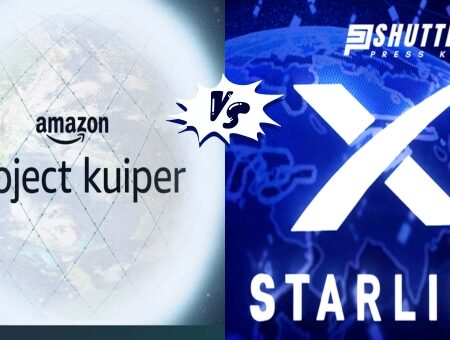Imagine the whole world, every nook and cranny, connected through a web of satellites. That’s what’s at stake as we compare Amazon’s Project Kuiper with Starlink. Who will win this outer space race to provide internet everywhere?
It feels like something out of a sci-fi novel, doesn’t it? Yet here we are, watching two tech titans set their sights on the stars to connect us all. The stakes are sky-high and the competition is fierce.
When thinking about Amazon’s Project Kuiper vs Starlink, what most people want to know is: which one will give them fast internet that won’t break the bank? Both projects are battling to beam down broadband from outer space—with promises of covering even those hard-to-reach places where the internet has been just a dream.
| Feature | Starlink | Project Kuiper |
|---|---|---|
| Download Speed | 50-150 Mbps (some users above 300 Mbps) | Expected to exceed 300 mbps |
| Upload Speed | 5-20 mbps | Not specified, but should be competitive |
| Latency | Generally below 50 ms | Expected to be similar to Starlink |
| Equipment Cost | $599 for the Standard model | Not announced; aimed to be competitive |
| Monthly Cost | $120 per month | Not announced; expected to be competitive |
| Contracts/Fees | No contract or early termination fees | Not specified; anticipated user-friendly policies |
Satellite Constellation Comparison: Starlink vs. Project Kuiper
Understanding the distinctions between SpaceX’s Starlink constellation and Amazon’s Project Kuiper is essential for those interested in the future of satellite broadband technology.
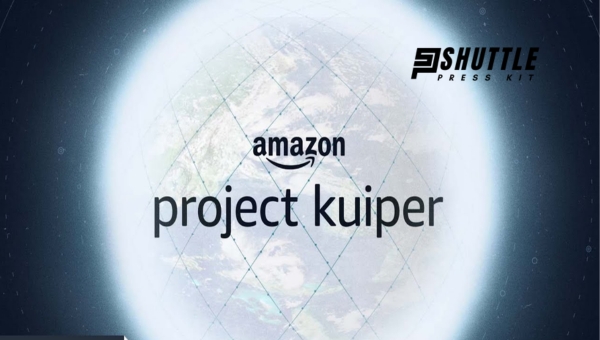
Both initiatives aim to transform global internet access through low earth orbit (LEO) satellites, but they each have unique characteristics and deployment strategies. Here’s a breakdown of their key differences:
- Number of Satellites:
- Starlink has secured FCC approval for approximately 12,000 satellites, with ambitions to expand up to 30,000 in the future. As of late 2023, over 5,000 Starlink satellites are actively orbiting.
- Project Kuiper plans to deploy a constellation comprising 3,276 satellites. Their initial launch phase is scheduled for late 2023 or early 2024.
- Orbit Altitude:
- Starlink’s satellites operate at an altitude of about 340 miles above Earth.
- Project Kuiper’s constellation will have orbits ranging between approximately 370 and 390 miles.
- Satellite Launches and Deployment:
- Starlink began satellite deployments in May of 2019 and has conducted over a hundred launches since then.
- Project Kuiper has outlined an ambitious plan involving agreements with major operators for a total of up to several dozen launches across the coming decade.
- Connectivity Performance:
- Low latency levels are one common goal; with its existing constellation, Starlink has demonstrated real-world latencies as low as around just several tens milliseconds.
- Both constellations taking advantage of LEO positions aim for significantly reduced latency compared to traditional geosynchronous satellite internet services which can suffer from high latency above several hundred ms due to their much higher orbital positions at about roughly twenty thousand plus miles above Earth.
Ground Level Connecivity
Ground stations serve as crucial interfaces between the space-based satellite constellations and the terrestrial telecommunications infrastructure. These stations are strategically positioned across the globe, functioning as pivotal communication points that facilitate the relay of data between satellites orbiting Earth and user terminals on the ground.
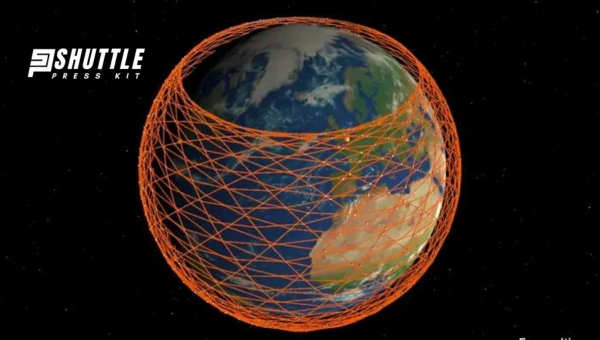
Their primary role involves ensuring seamless connectivity, thereby extending the reach of internet services to even the most remote areas.
As satellite networks such as Starlink and Project Kuiper expand their presence in space, there’s a corresponding increase in the establishment of ground stations worldwide. Starlink is at the forefront with its extensive deployment of these essential facilities, enhancing its capability to support a growing user base.
On a parallel trajectory, Project Kuiper plans to integrate with existing AWS Ground Station units while contemplating further expansion to bolster its operational infrastructure. This evolving landscape underscores a concerted effort towards improving global communication systems by bridging terrestrial and extraterrestrial networks.
Also Read: Slow Starlink Speeds? Boost Your Connectivity with Solutions
User Hardware Of Starlink and Project Kuiper
The cornerstone of Starlink’s consumer offerings is its compact user terminal, colloquially referred to as the ‘pizza box’ due to its size and shape. This pivotal piece of equipment integrates a sophisticated phased array antenna within a lightweight design, tipping the scales at approximately 10 pounds.
Accompanying the antenna, customers receive a comprehensive kit that encompasses a Wifi router for seamless internet connectivity and a sturdy mounting base to ensure optimal positioning. Additionally, Starlink enhances user experience with an array of optional accessories designed for customized installation needs.
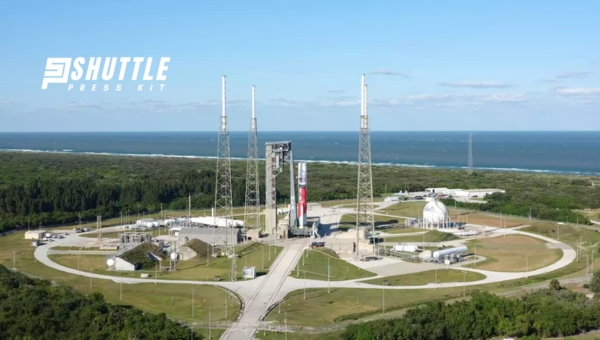
Simultaneously, Project Kuiper is gearing up to enter the market with its own rendition of user terminals characterized by active phased array technology. Amazon’s ambition with Project Kuiper is evident in its proposal to cater to diverse application requirements through three distinct versions of their hardware.
The lineup includes an ultra-portable antenna option with a modest 7-inch width, ideal for travelers and outdoor enthusiasts. In contrast, heftier alternatives targeted at residential and commercial internet services promise enhanced capability and reliability for stationary setups.
Also Read: Starlink Pipe Adapter Guide: Install It Easily and Effectively
Service Availability Of Starlink and Project Kuiper
As of the latest updates, the Starlink project has made significant strides in enhancing its service accessibility worldwide. Having crossed the milestone of 2 million subscribers globally, Starlink boasts an extensive coverage area that promises connectivity virtually anywhere with a clear line of sight to the sky. This expansive reach marks a pivotal step towards ubiquitous internet access.
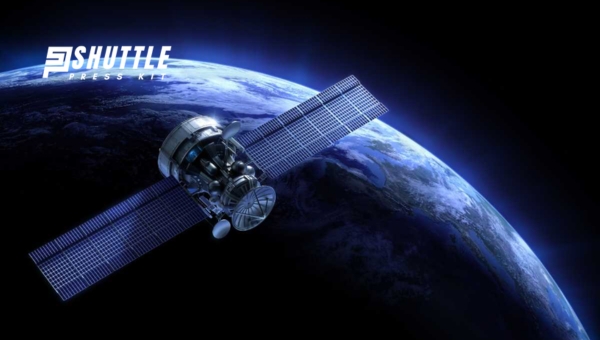
On the other hand, Project Kuiper by Amazon is laying down its foundational stones, targeting to launch its initial two satellites by 2024. Though still in its infancy compared to Starlink, Amazon’s ambitious aim for extensive testing by 2025 heralds another potential giant in providing global satellite-based internet service.
The coming years will prove pivotal in shaping how this competition unfolds and increases global connectivity options.
Also Read: How to Check Starlink Internet Speed using Availability Map?
Frequently Asked Questions
What speeds can I expect from Starlink?
Expect between 50-150 mbps download speeds, with some users experiencing over 300 mbps.
How much does Starlink equipment and service cost?
Equipment starts at $599 with a monthly service fee of $120, no contract required.
Will Project Kuiper offer competitive speeds to Starlink?
Yes, anticipated to have similar or rivaling speeds due to comparable technology and satellite deployment.
What will be the cost for Project Kuiper’s service and equipment?
Pricing not yet announced, but Amazon aims for competitive rates potentially lower than Starlink’s.
Conclusion
It’s clear that the battle of Amazon’s Project Kuiper vs Starlink is heating up. Both behemoths are racing towards revolutionizing global internet access with their cutting-edge satellite technologies. Each project carries its promise to shake up the satellite internet service market.
Kuiper, still shrouded in potentiality, hints at Amazon’s massive ambition, while Starlink presses forward with tangible advancements and a growing user base. We stand on the cusp of a new era in internet connectivity that could bridge digital divides like never before and where competition will likely unleash more benefits for consumers worldwide.
